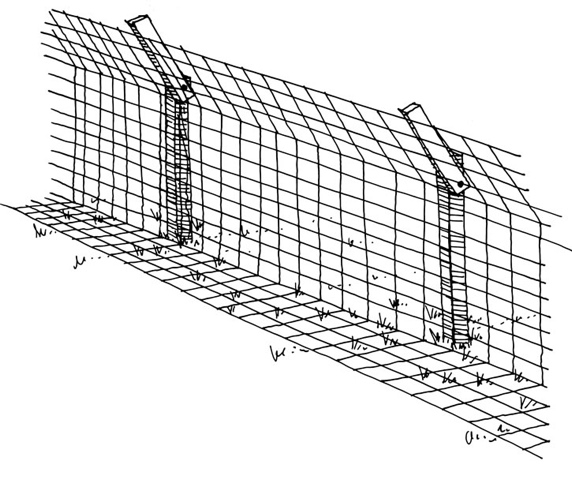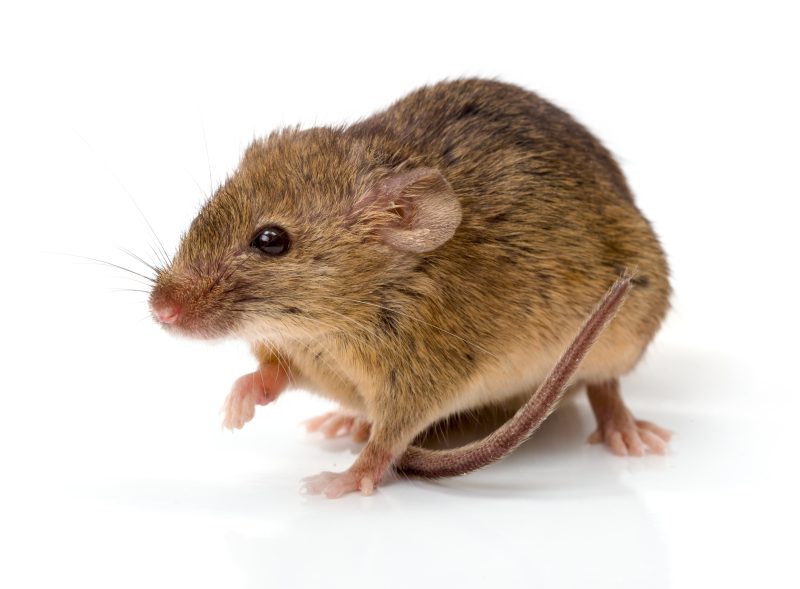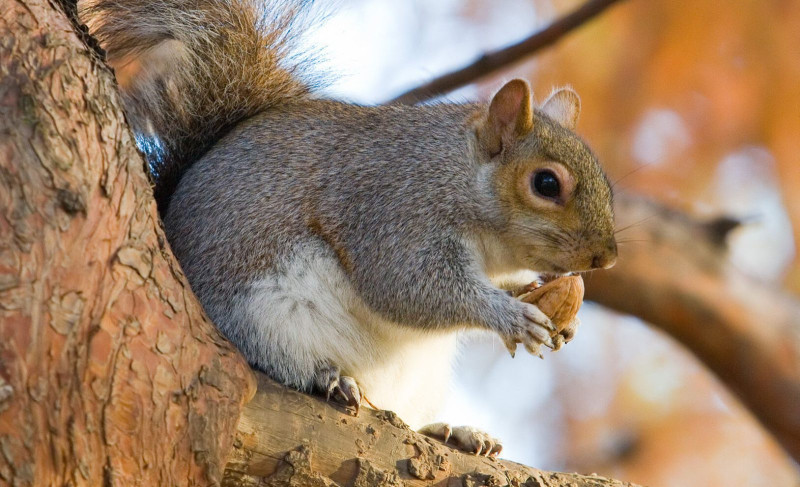What to do if encountering a coyote
A Coyote attack on a human is rare. For instance, New York State, which has a sizable Coyote population, sees an average of 650 people hospitalized every year—from dog attacks—while only a handful of Coyote attacks occur annually across the entire nation.
So the risk is very low and would be lower still, except well-meaning people feed them, leading Coyotes to associate humans with food. Coyotes almost always run rather than fight, and trapped ones typically cower. However, those fed by humans become less fearful.
Coming face to face with a Coyote
Should you come face-to-face with one, it may stay where it is to watch you out of curiosity. Or, it may pretend to ignore you and go about its business. Either way, Coyotes need to stay afraid if we’re to continue to coexist peacefully. So even though you may prefer to act more kindly, you must be aggressive.
First, pick up small children and pets. Then, wave your arms, yell, throw stones. It’ll turn and run away, telling itself you’re a nasty character. Never turn your back. Ever. If you run, they’ll view you as prey. In the remote chance you’re attacked, fight back. Hit and kick; don’t play dead as you would if assaulted by a domestic dog—Coyotes eat carrion, so this trick won’t work. Let it know you’re too much to tangle with.
If you get bitten or scratched, immediately seek medical treatment. Coyotes seldom have rabies, but it’s better to be safe than sorry. Left untreated, rabies is fatal.
Are pets safe?
Dogs and cats are easy to catch and have become a favorite prey of urban Coyotes. Some reportedly prowl neighborhoods specifically looking for unprotected pets. A determined one can jump an 8-foot (2.4 m) fence and is willing to climb even higher! Even if you believe your yard is completely secure, don’t leave pets smaller than a German Shepherd outside overnight. If you keep rabbits or other small animals outdoors, secure them in cages made of solid framing and heavy gauge wire (chicken wire isn’t strong enough). The wire should extend across the bottom of the cage, as well.
How to protect yard from Coyotes
If you’re living in a Coyote area, remain with small pets and small children when they’re outside. Untended small pets are easily taken. Coyotes have historically stayed away from humans, but they’ve begun to lose their fear of people in some areas—not a good thing. A Coyote hunting for food may not make a distinction between a raccoon and a small child. Never walk a dog smaller than a German Shepherd off-leash. It takes labor and expense to effectively bar these intelligent, agile animals from your yard, but it can be done. Here’s how.
Construct a wood or wire 6-foot (1.8 m) fence. Top it with an extender strung with wire (some use barbed wire) and set it at a 45-degree angle. Coyotes are good climbers. They’re also good diggers, so galvanized wire mesh must be buried at least 8 inches (20 cm) in the ground. Some say to extend the buried wire out a foot (30 cm) or more from the base of the fence, as you see in the illustration. It will help, too, to remove brush and tall grass on the outside of your fence so Coyotes don’t have the protective cover they prefer. A lot of work is involved here, but it’s worth it if you have pets and small children.
The Washington Department of Fish and Wildlife has more good fencing ideas to keep Coyotes away.
Another possible solution is the Coyote Roller, which is mounted to the top of a fence and spins when an animal touches it to jump over. Other ways to discourage Coyotes:
- Coyotes like fruit, so pick it as soon as it’s ripe and clear the ground of rotting fruit.
- Block entrances to any outbuildings and crawl spaces on your property to prevent them from being used as dens.
- Make your compost bin inaccessible if you use it for garbage.
- If you feed birds, be aware that their seed attracts rodents, which in turn attract Coyotes.
What to do about a Coyote problem
If you have a Coyote problem, you can call Animal Control in your area and try to have them removed. But these are very clever animals, and this is often unsuccessful. Besides, eradication disturbs the ecosystem, as Coyotes help keep other species under control. Other Coyotes will eventually move in to fill the space left by the ones you’ve removed. Unless your area becomes overrun with them, safeguarding your property while allowing the Coyotes to go about their lives is the best solution.
Coyotes and rabies
In the American Veterinary Medical Association 2021 Rabies Report1, only one Coyote tested positive for rabies in the U.S. But, if you see one behaving strangely—acting aggressive (Coyotes usually are shy), listless, lacking balance, or drooling, call Animal Control.
1 Journal of the American Veterinary Medical Association
Learn all about Coyotes






